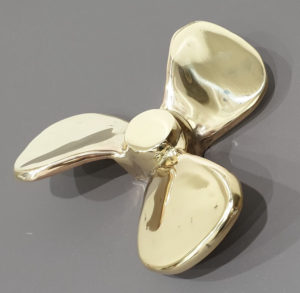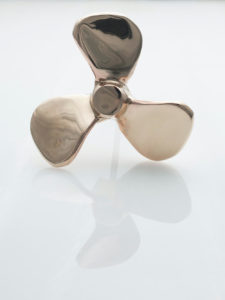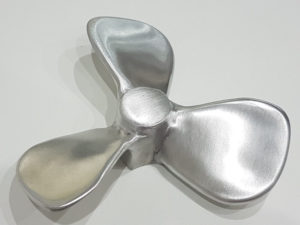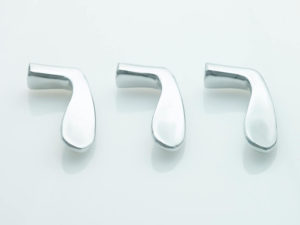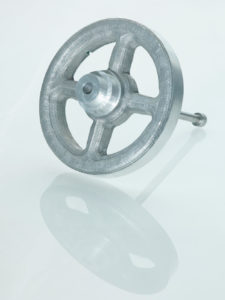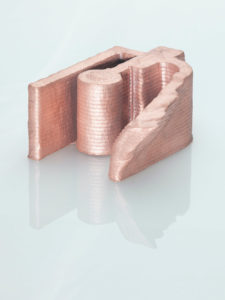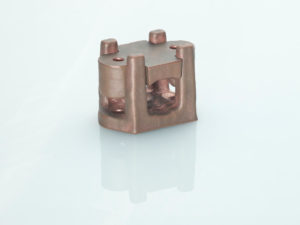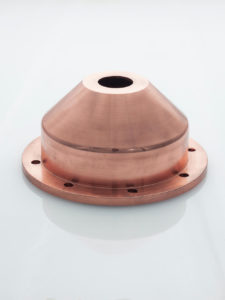Getting the Final Details Right
After 3D in Metal has printed metal parts fast, in the quantities, sizes and materials required, we need to ensure the final details are right. One needs to look at the fine print, so to speak. The crucial work that happens after parts are printed is one of the most neglected aspects of metal additive manufacturing. If not taken into account, what the customer thinks they will receive and what they actually get can look very different both in properties and aesthetically.
Take Advantage Of The Best In Traditional Manufacturing
Metal Additive Manufacturing can live up to its potential by coming alongside tried and true manufacturing processes. By providing in-house machining, heat treating, surface treatment, joining and assembly services, 3D in Metal can deliver parts per customer requirements. There is no need to require metal 3D printers to be slow, small and expensive where traditional manufacturing can excel at being fast, reliable and cost effective.
Equipment and Certifications
- ISO 9001-2015 Machine Shop Certification
- Non-ferrous alloys pyrometry per AMS 2750 and USAF/NAVAIR TO 1-1A-9.
- Machining Centers with 3- and 4-axis, high-speed machining.
- Turning Centers with automatic bar feeder and Swiss-type.
- Wire and Die Sinking EDM.
- Grinding.
- Conventional lathe for parts 40” inches in diameter by 13 feet long.
- Measuring arm and augmented visual inspection.
- Reverse engineering.
- Hardness testing.
- Multiple CAD, simulation and solid modeling software licenses from widely used and industry-recognized international brands.
- Powder Coating.
- Polishing.
- Sandblasting.
- Arc Welding with real-time data monitoring when needed.
- Spot Welding.
- Computer-controlled press bakes.
- Stamping presses with hundreds of metric tons capacity.
- Polyurethane foam injection.
- Crane for 10 metric tons.

